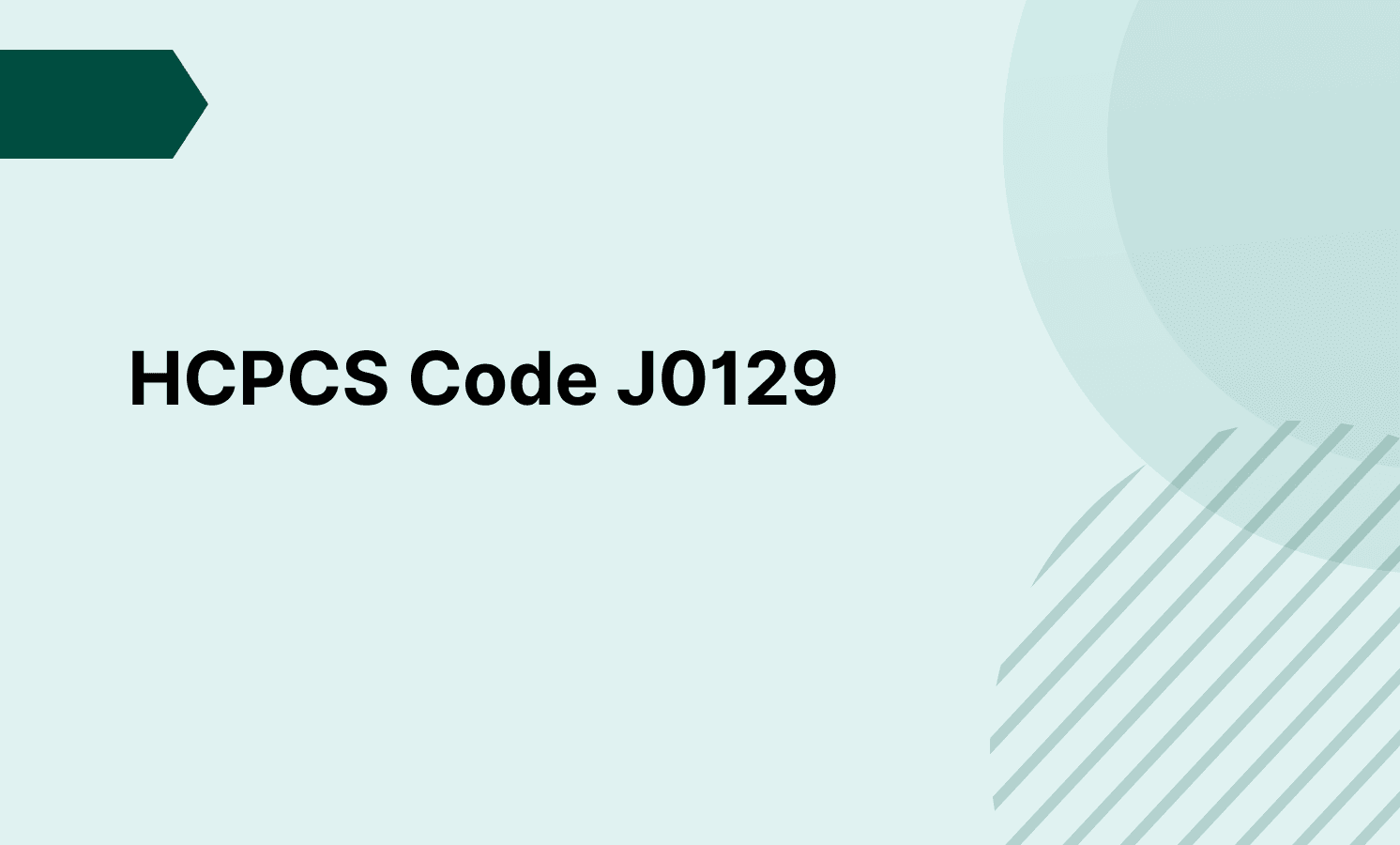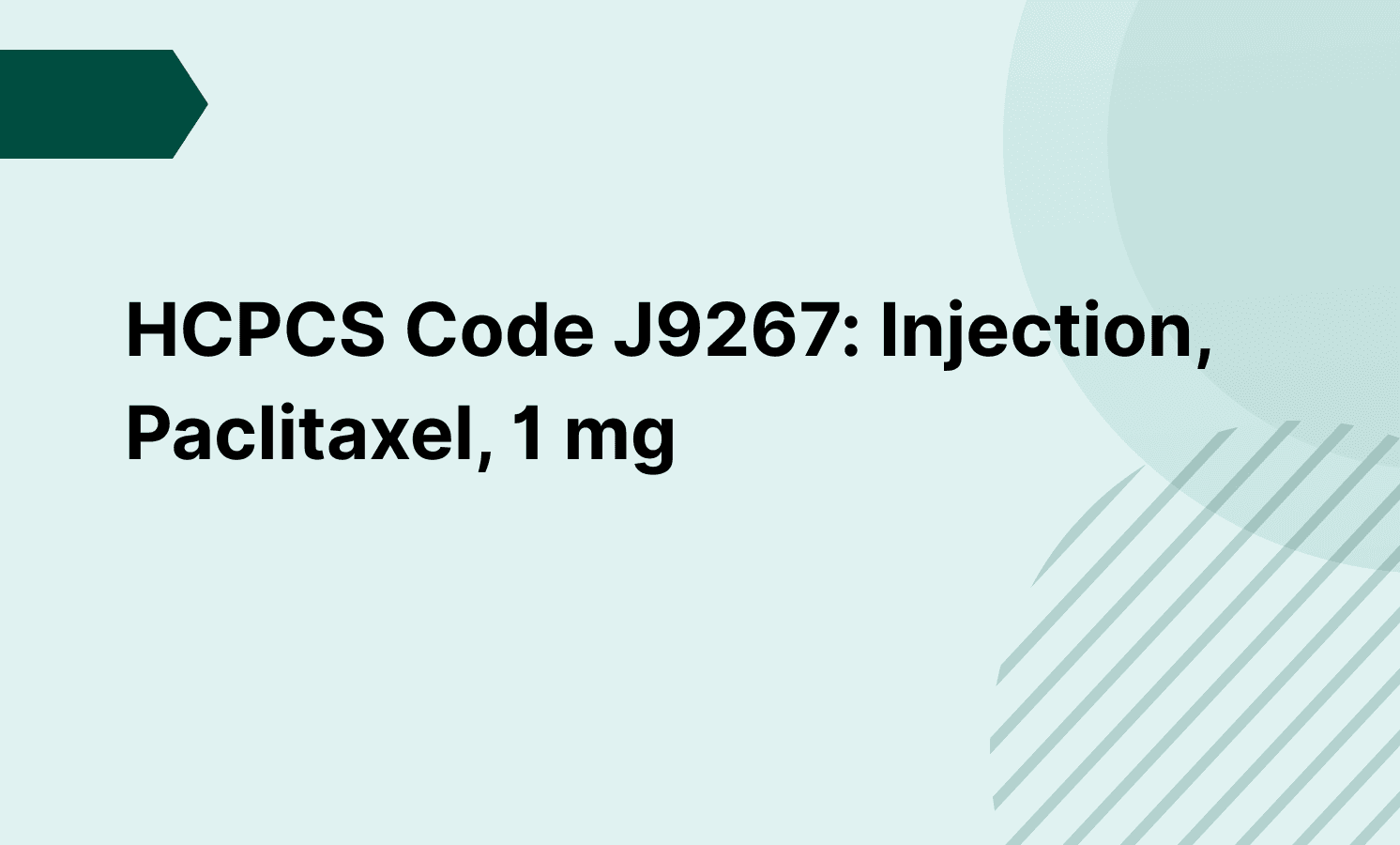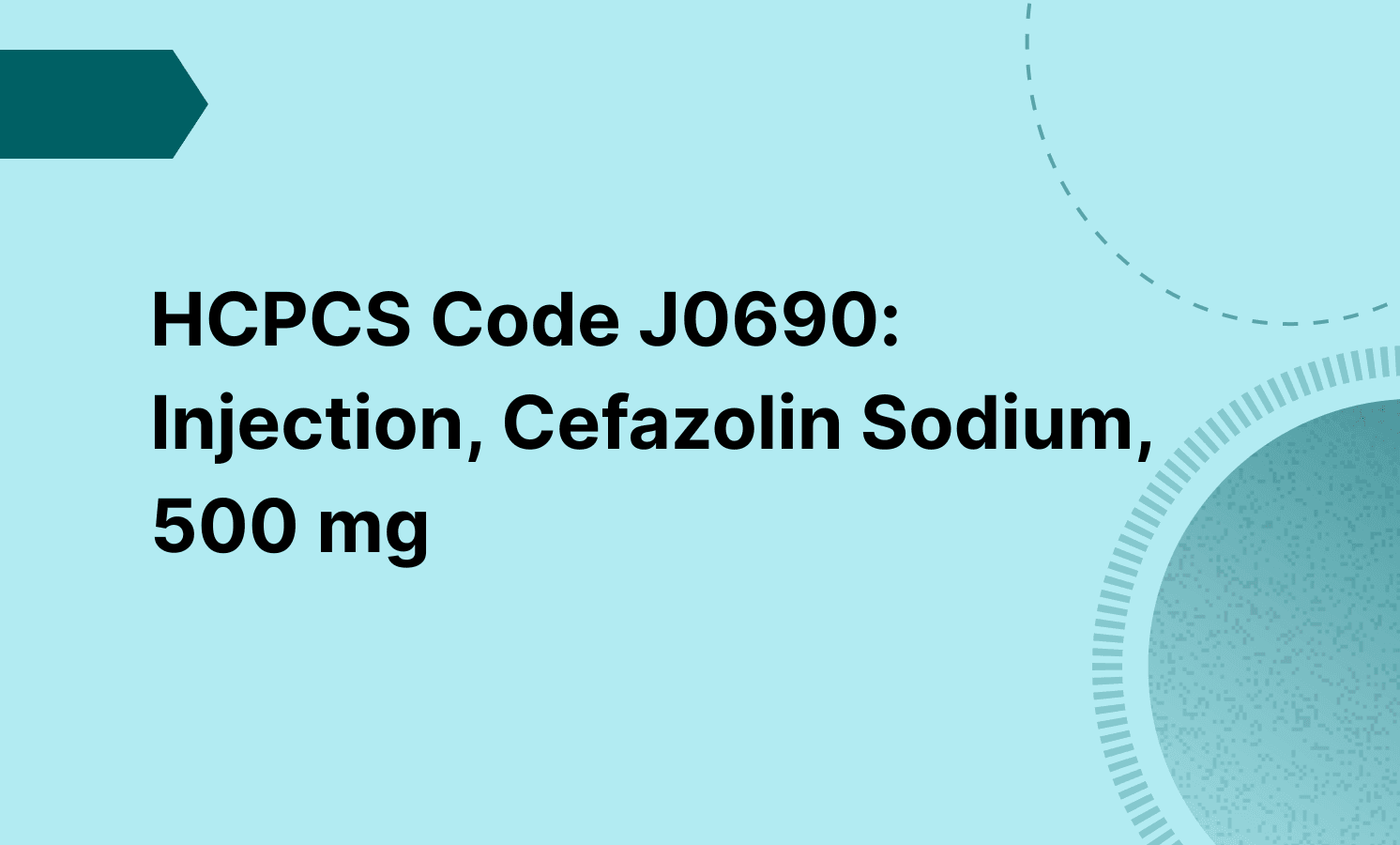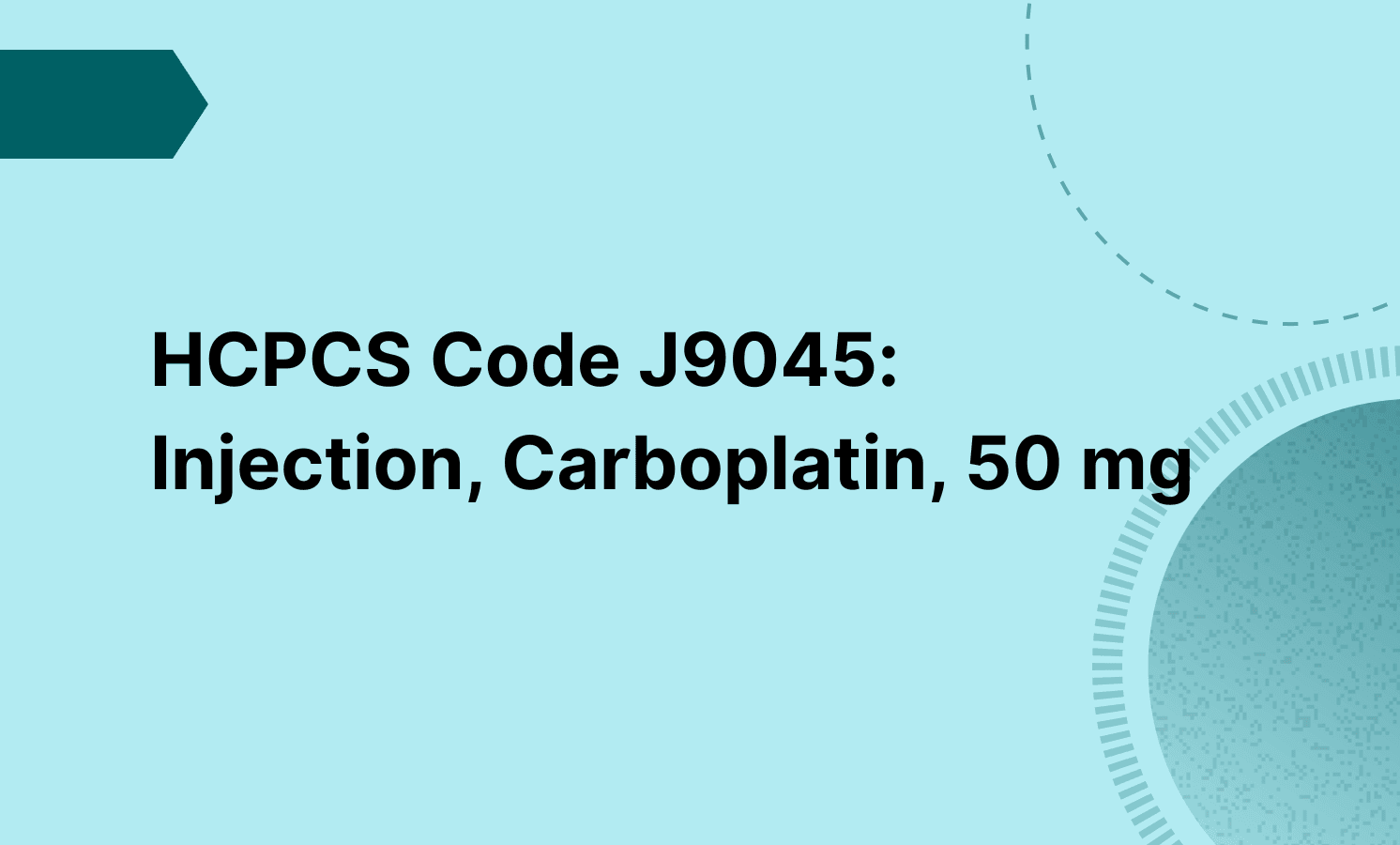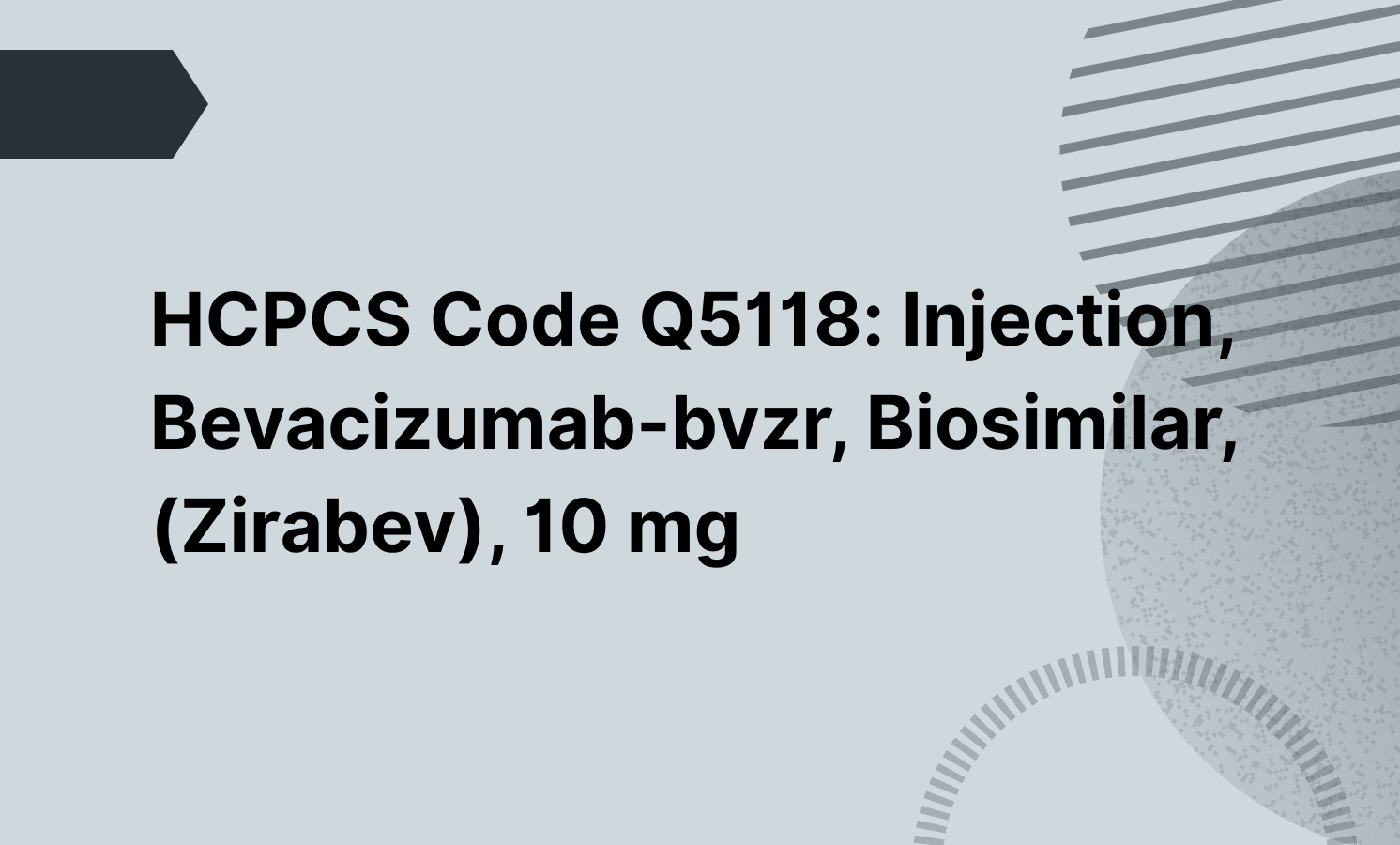For ongoing care related to insect venom exposure, use the ICD-10 code for an accidental, unintentional, subsequent encounter. This distinguishes it from initial treatment and helps justify continued medical necessity. If you also administer immunotherapy, pair the correct appropriate injection code with the visit and track the venom treatment number accordingly.
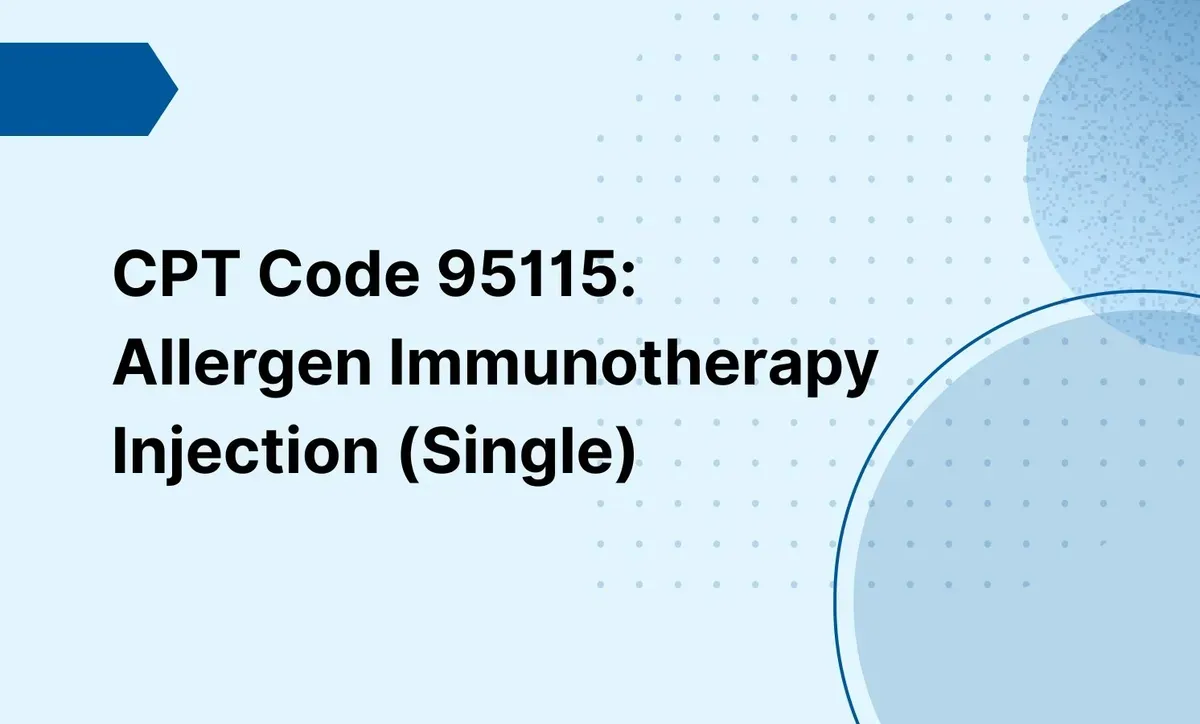
CPT Code 95115: Allergen Immunotherapy Injection (Single)
Learn about CPT code 95115 for allergen immunotherapy injection (single), including documentation, billing guidelines, and coding for venom treatment.
Frequently asked questions
When documenting intentional exposures, such as venom of ants, intentional hornet stings, or intentional self-harm by bees, it is crucial to specify the intent and encounter type in your ICD-10 coding. These distinctions support accurate medical records and determine the appropriate injection code and venom treatment number to bill. When applicable, consult higher venom codes for complex or multi-species venom therapy.
In cases where the exposure origin is unclear, such as the undetermined venom of hornets or the undetermined venom of wasps, document the uncertainty clearly and select the corresponding undetermined ICD-10 code. These codes help align the clinical narrative with the correct appropriate injection code. They may affect how the venom treatment number counts, particularly if transitioning to higher venom codes is needed.
EHR and practice management software
Get started for free
*No credit card required
Free
$0/usd
Unlimited clients
Telehealth
1GB of storage
Client portal text
Automated billing and online payments


